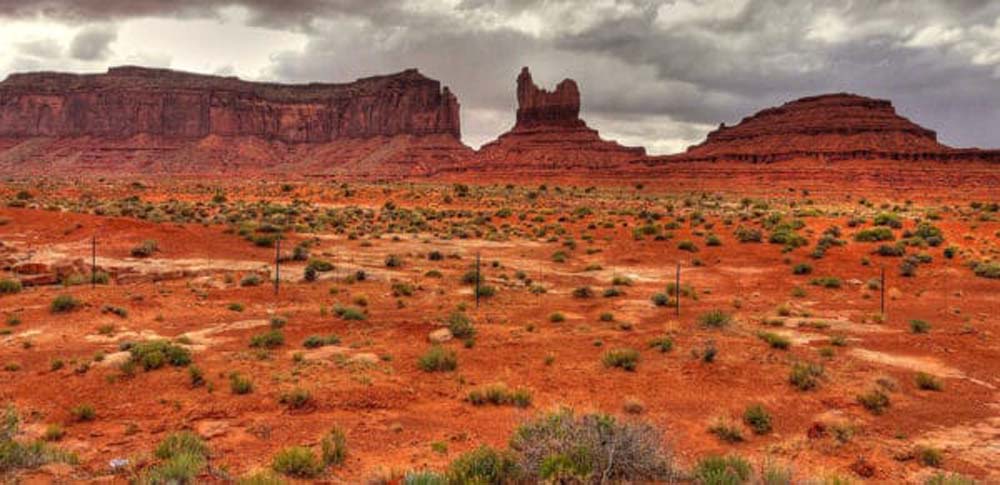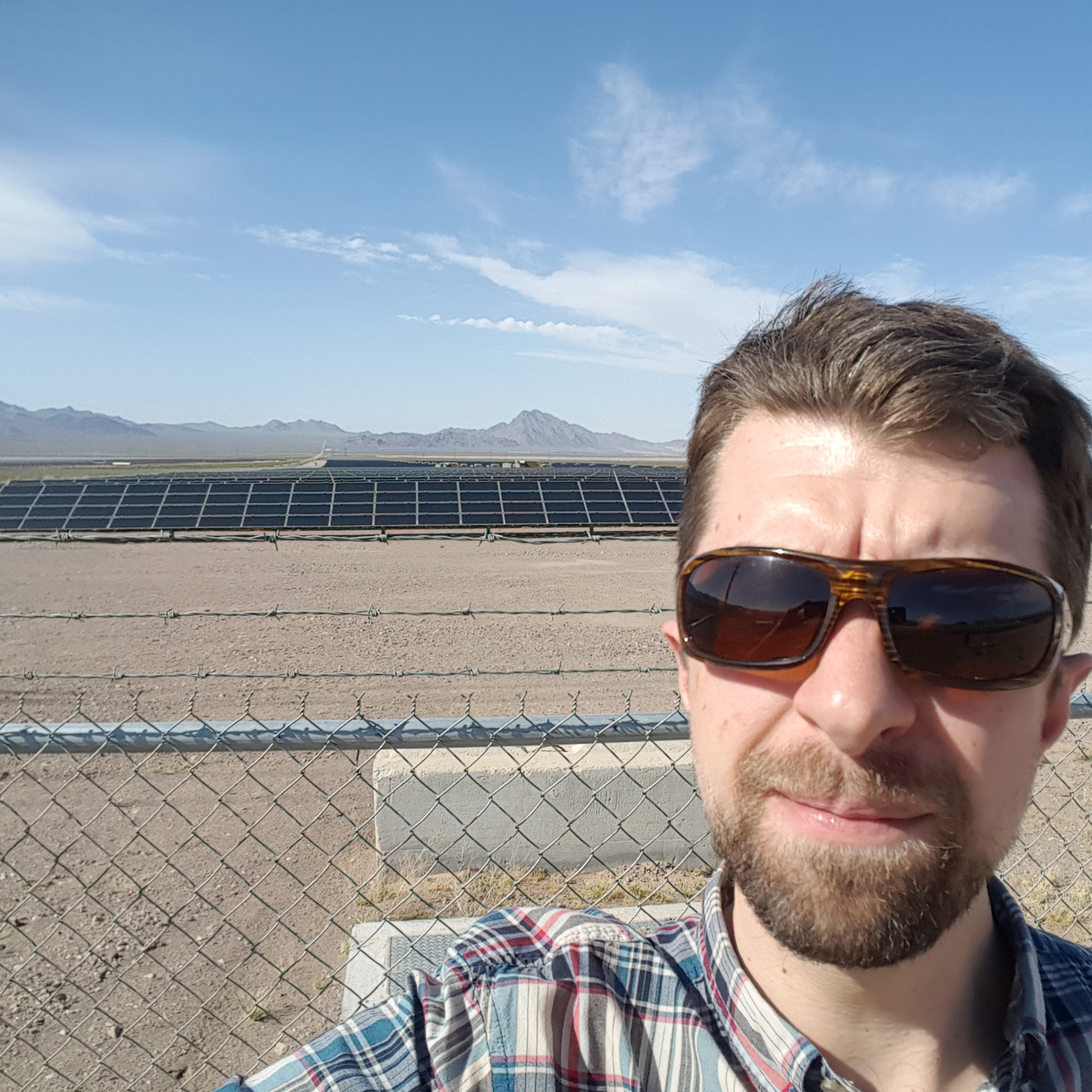In the Southwest, the state of Arizona shares the reputation as one of the top five sunniest states and has huge potential for its solar market. The Solar Energy Industries Association (SEIA) ranked the state fifth in the U.S. for solar deployments at the beginning of 2023, and the state continues to shine with a robust growth pipeline of 7.27 GW of solar projects to be installed over the next five years.
While the Grand Canyon State has shown tremendous growth opportunity in recent years, due to public debates about the benefits of solar, imposition of a net metering charge in 2014 and the elimination of incentives, Arizona’s solar market has been a bit rocky like a North Rim hike into the Grand Canyon.
The American Clean Power Association cites Arizona as the 19th strongest U.S. market for solar, wind and storage project development, with 3.55 GW of installed capacity, even though the state’s power mix is just 11.6% generated from renewable energy.
Incentives
In December 2016, regulator the Arizona Corporation Commission (ACC) voted to replace a statewide net metering framework with a “net billing” mechanism, in which new customers who install rooftop solar will be credited at an avoided cost rate for excess energy put into the grid from residences.
Since October 2021, net billing is available to utility and electric cooperative customers who generate excess energy at an avoided cost of $0.094 per kWh in Arizona Public Service territory, $0.0781/kWh in Tucson Electric’s territory, and $0.093/kWh in UNS Electric service territory. The rate was effectively lowered by one penny since the rules first changed in 2016.
Commercial and industrial companies in Arizona Public Service territory, as well as medium and large commercial customers in Tucson Electric Power and UNS Electric territory may still participate in a retail rate net metering framework across the state.
On March 7, 2023, the ACC issued a community solar policy statement that takes into account few, if any, stakeholder suggestions for a shared-access program to consumers. The policy does not spur any community solar project development across the state in its current iteration, said advocacy groups Vote Solar and Institute for Local Self-Reliance.
UNS Energy offers a utility-designated shared solar program where interested customers can sign up at a rate of $3 per monthly bill cycle to procure power from a collocated local solar project under the utility’s “Bright Arizona Community Solar Program.”
The utility sources power for its own program from a 1.22 MW elementary school deployment, 500 kW Kingman, Ariz. solar array, and four other projects.
Despite the curbed market for unlocking the full value of residential solar and community projects thus far, the residential solar market has proliferated after the Covid-19 pandemic, with more than 375 MW of cumulative residential installations through early 2023.
The utility solar market continues to see strong growth with projects faring in the range of 250 MW to 400 MW on average. A handful of solar projects such as the 600 MW Jove Solar project in La Paz County continue to the push the boundaries for the title of largest U.S. solar farm. The 174 Power Global-developed Jove project is on track for commercial operations by early 2027 and at 3,495 acres, is situated on Bureau of Land Management federal land.
Notable installation
An early trailblazer in the utility solar market, the Mesquite Solar facility (150 MW), built in 2013 near Arlington, Ariz., is one of the state’s first large photovoltaic (PV) projects that didn’t use the concentrated solar power (CSP) technology, a reflective solar technology where solar energy is passed through a central tower.
The original Mesquite 1 Solar phase consisted of 800,000 Suntech Power modules installed by Zachry Holdings, an engineering contractor.
Mesquite Solar has seen additional phased additions in the same proximity of the first desert solar farm through 2017 by developer Sempra Energy, while the additions have ranged in size from 16 MW, 52.5 MW to 150 MW across the sprawling 4,000 acre complex.
Developer Sempra Generation signed a 20-year power purchase agreement (PPA) with California utility PG&E for the procurement of the 150 MW first Mesquite project phase.
Up next
Last time, we toured the solar incentives of Colorado, and next we will move across the southwest to New Mexico. For a full list the state articles to date, click here.
This content is protected by copyright and may not be reused. If you want to cooperate with us and would like to reuse some of our content, please contact: editors@pv-magazine.com.









By submitting this form you agree to pv magazine using your data for the purposes of publishing your comment.
Your personal data will only be disclosed or otherwise transmitted to third parties for the purposes of spam filtering or if this is necessary for technical maintenance of the website. Any other transfer to third parties will not take place unless this is justified on the basis of applicable data protection regulations or if pv magazine is legally obliged to do so.
You may revoke this consent at any time with effect for the future, in which case your personal data will be deleted immediately. Otherwise, your data will be deleted if pv magazine has processed your request or the purpose of data storage is fulfilled.
Further information on data privacy can be found in our Data Protection Policy.